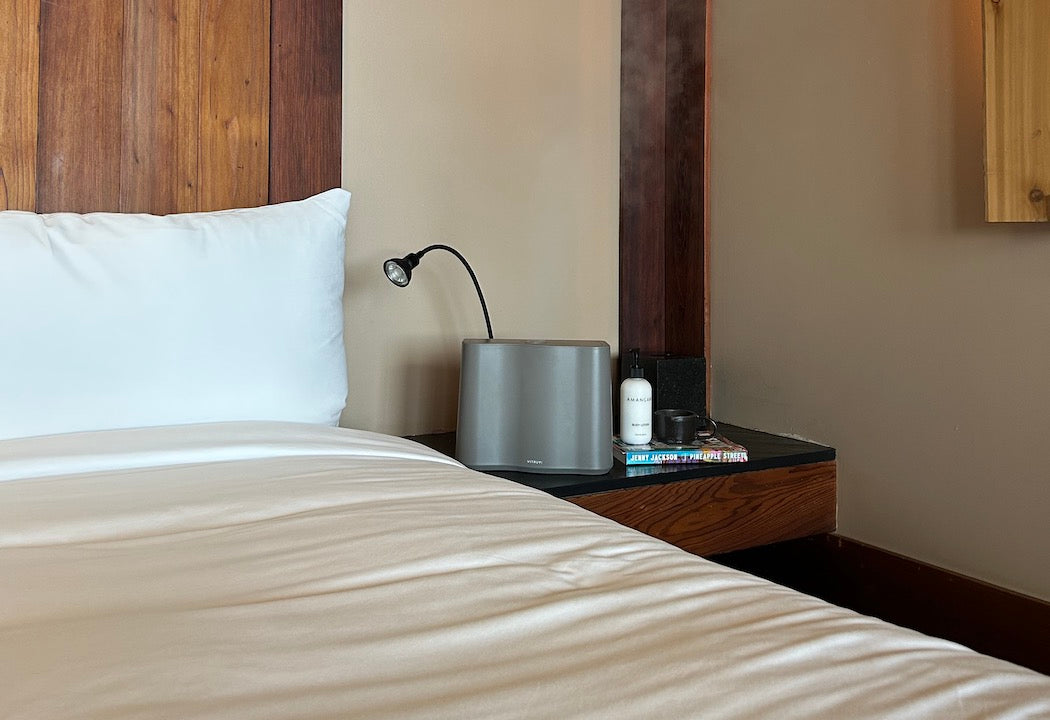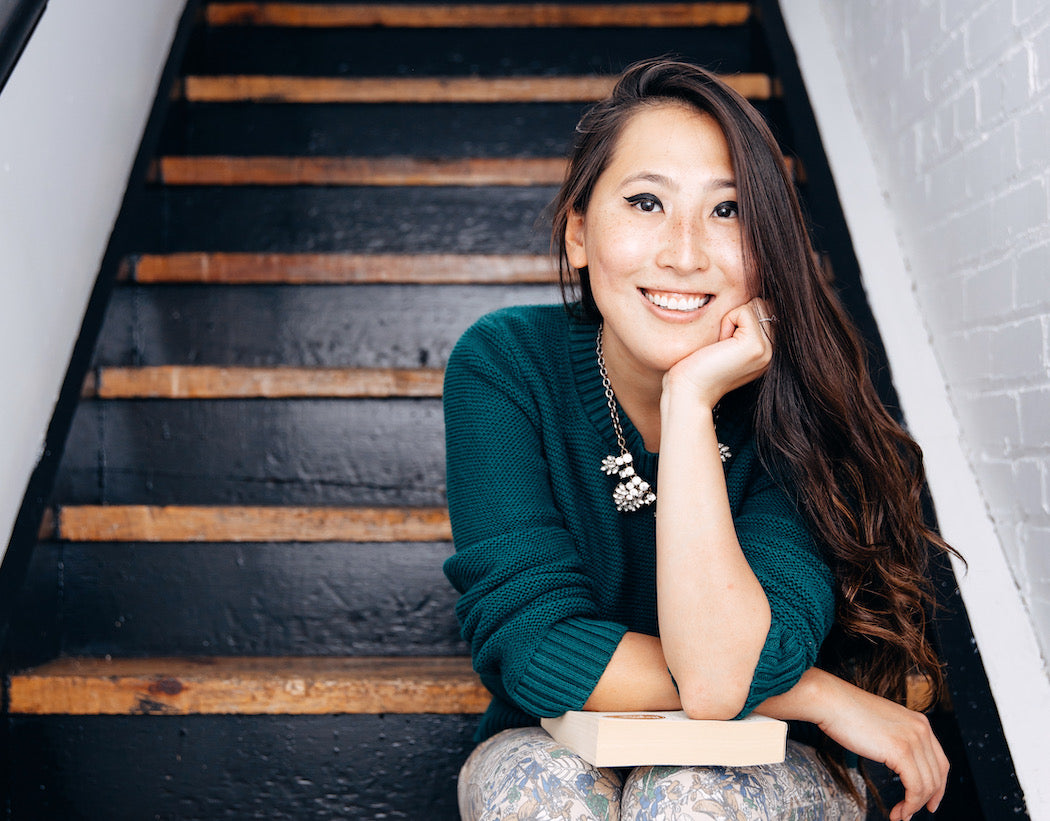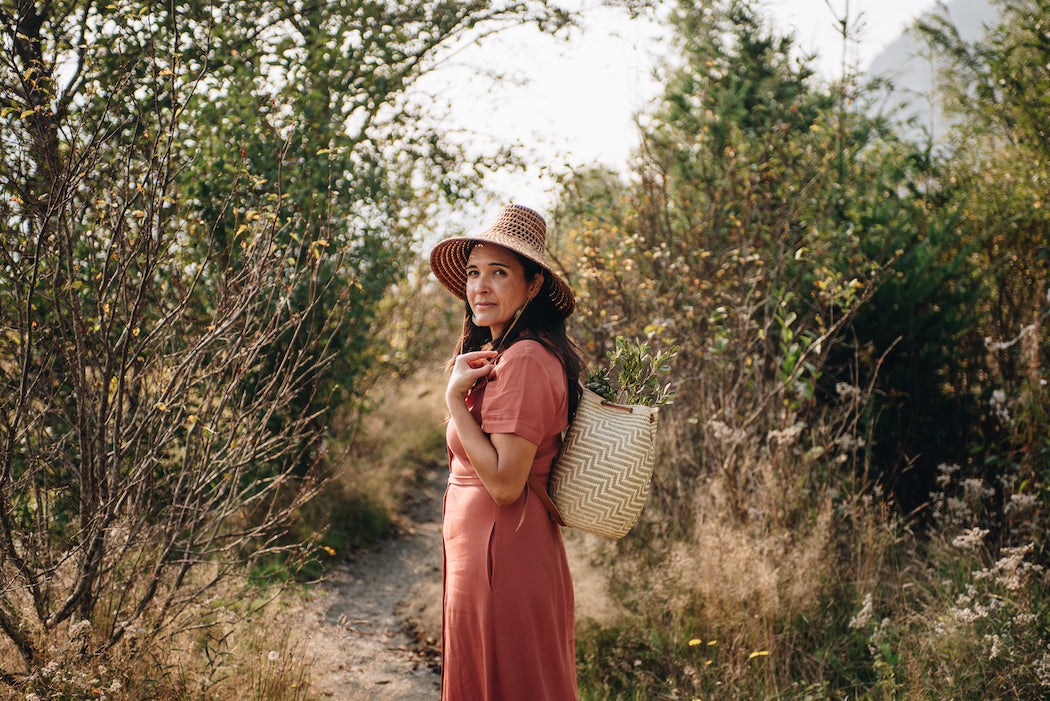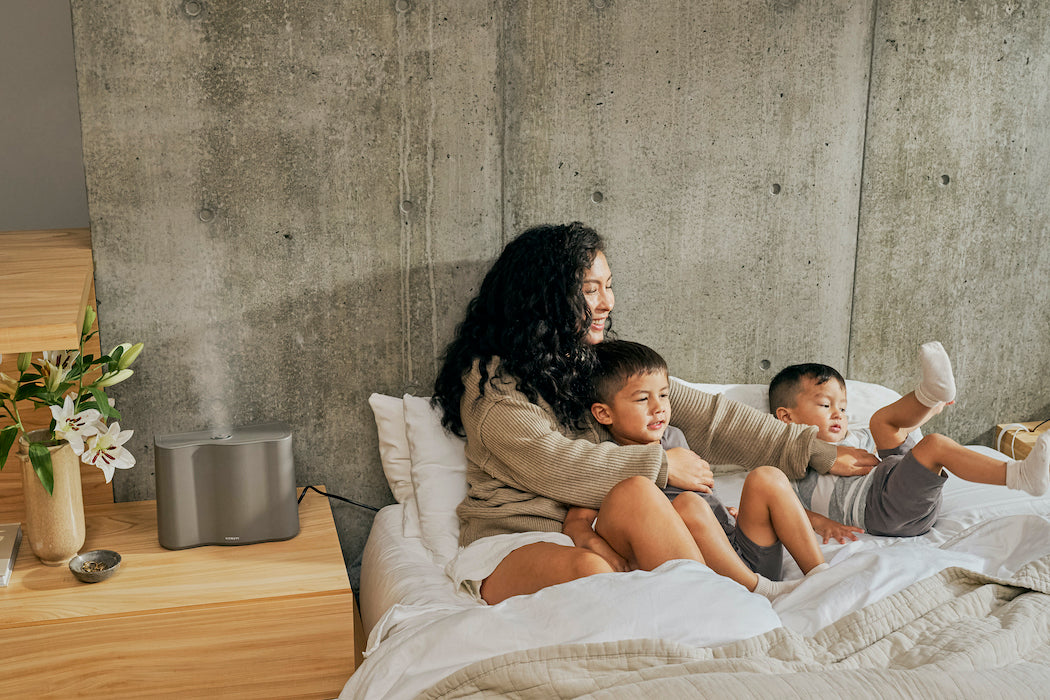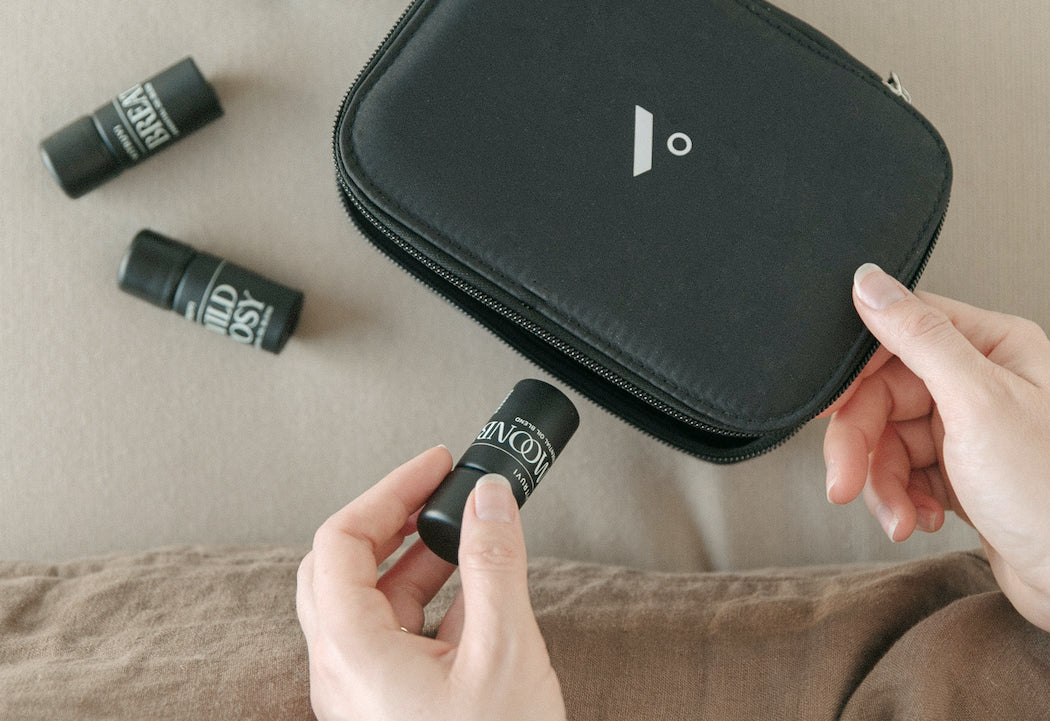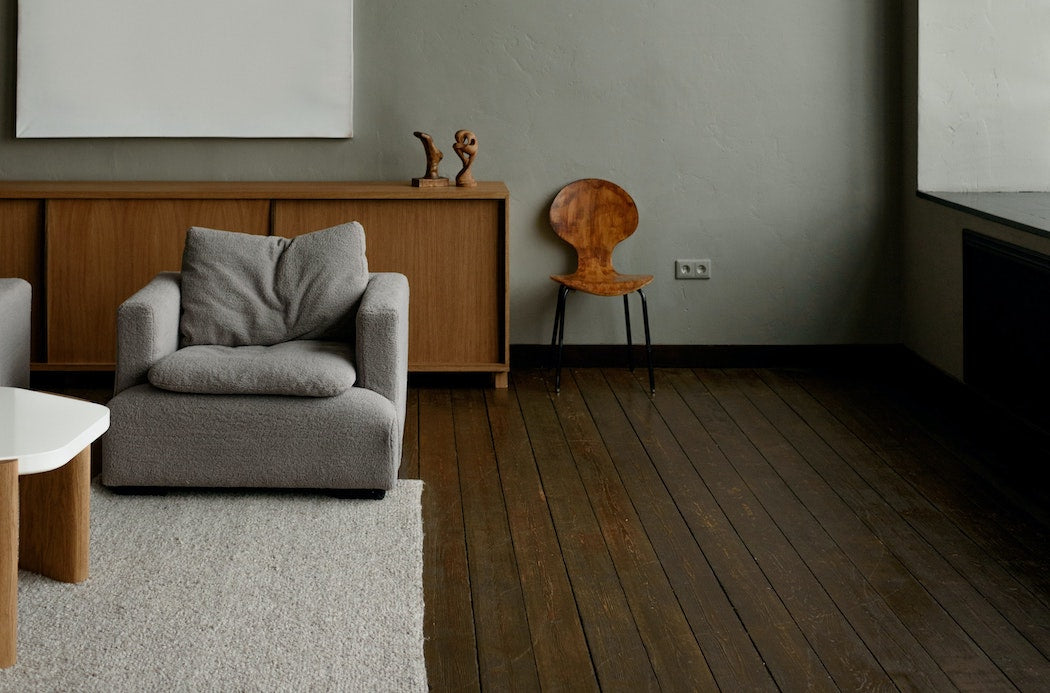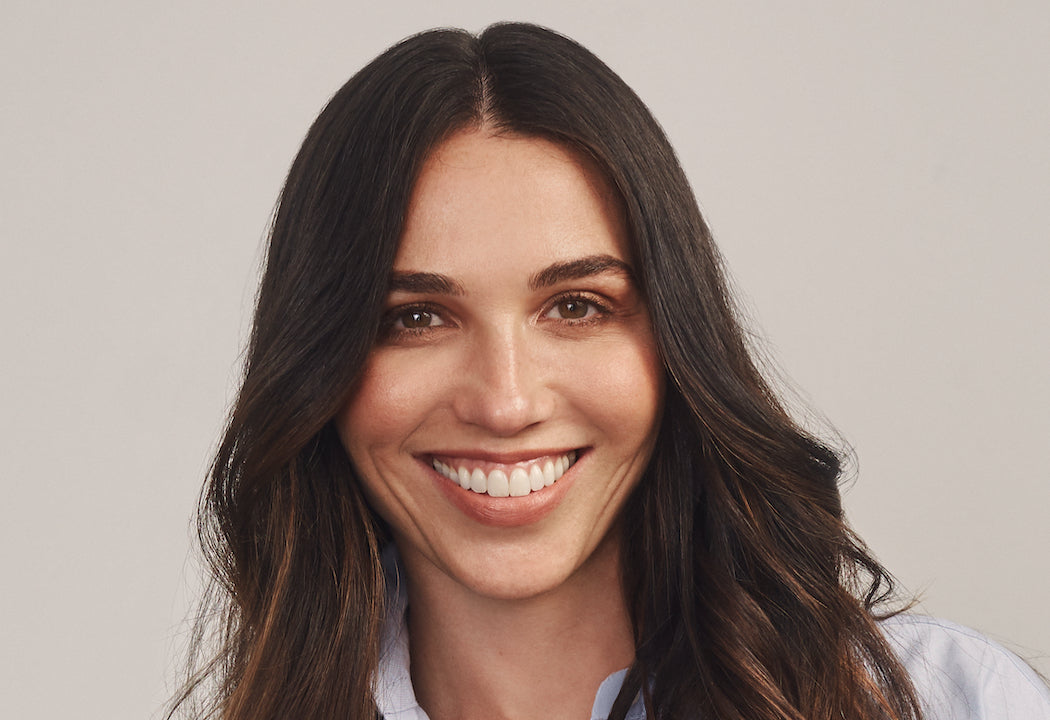Blind people know a lot about design. “If I said that during a conference in the ‘80s, they would have laughed me out of the room,” says Dan Formosa, award-winning product design consultant. “If I said that in the ‘90s, they would have laughed—but not as hard. If I said that in the 2000s, a few would have giggled. But by 2010, everybody gets it.”
What everybody’s starting to get is something that Formosa has spent over 40 years advocating for: better design for everyone (but really: everyone). His innovations have established defining points in the development of modern products, including Ford’s SmartGauge that helps drivers save fuel; XM Satellite Radio’s now-standard interface; and the iconic OXO Good Grips kitchen tools (the vegetable peeler is in the permanent collection of the Museum of Modern Art). Most recently, Formosa has started the collective ThinkActHuman to help companies design socially responsible, inclusive products and services. His background in product design, ergonomics, and biomechanics informs his understanding of how a product should work by always thinking about how people—of varying abilities—will use them.
In the Epicurious YouTube series Well Equipped, Formosa tests kitchen gadgets for ultimate usability. Part of his trial process includes using the gadget with his non-dominant hand, which he slathers in oil; these conditions quickly highlight any design flaws. And they give him a better understanding of how the object might work in the real world—whether someone is using it in a messy, wet kitchen; has arthritis; or has compromised fine-motor skills. “The sensibility in the world of design has improved radically since I started designing, and I think now everyone gets it,” he says. “Someone who’s blind can tell you [without an oil test] why every little click, every little movement, every little shape makes a difference to the product.”
Twenty-two per cent of Canadians—that’s over six million people in Canada alone, and over one billion globally—identify as having a disability. People with disabilities make up the world’s largest minority group and collectively represent purchasing power worth $55 billion annually in Canada, and $13 trillion globally.
And brands are taking notice. Blending fashion with technology, Shiseido teamed up with Google to create the Braille Nails Project, where “smart” synthetic nails act as sensory points that link to a cloud-vision camera disguised as an accessory; they allow the wearer to hear a description of what’s around them when using specific hand gestures. Tommy Hilfiger has a line of disability-accessible clothing, Tommy Adaptive, featuring expanded and adjustable openings to accommodate prosthetics, and one-handed zippers and magnetic buttons for easy closures. Zappos carries a selection of inclusive accessories though Zappos Adaptive; products include diabetic-approved shoes and medical-wear items such as ostomy bag covers, insulin pump belts, and compression garments. They even have a single and different-size shoe program.

When Canadian chocolatier Purdys introduced a braille box during their 2021 holiday campaign, it sold out online within hours of launching, and then sold out in all retail stores within days. Julia Cho, content and marketing manager at Purdys, says they wanted to make their favorite part of opening up a box of chocolates—reading the index guide with all the treats’ descriptions—accessible for as many people as possible. With help from Ramya Amuthan, a legally blind disability consultant, the Purdys box features braille labeling as well as a braille legend so that blind and partially sighted people can easily find exactly which chocolates they want to eat.
“I was emotional the first time I opened the Purdys braille box, because I’ve never gotten a box of mixed chocolates where I got to pick what I wanted, by myself,” says blind YouTuber Molly Burke. Purdys has already made three times the number of braille boxes since the holidays.
In 2018, Herbal Essences launched a bottle design that used tactile printing on the back; this simpler system of circles and lines was designed to help all consumers differentiate between shampoo and conditioner. Only 10 per cent of blind and low vision people read braille, whereas all humans—including non-English speakers, people with language-processing disorders, and even fully-abled people—can benefit from a quicker-to-learn system. In fact, it’s often the case that disability solutions eventually become mainstream: curb cuts, the typewriter, bendy straws, weighted blankets, electric toothbrushes, and even texting were all conceived as solutions for disability challenges.
And while such products can easily merge into widespread use, it’s crucial for developers to consult with the disability community that they’re designing for in the first place to ensure the end result is authentic and not simply tokenism. “I don’t expect brands to think of all the details on their own, because they don’t know what we need,” says Liv Stone, a congenital bilateral above-the-elbow amputee and two-time para surfing world champion. “I want to encourage them to reach out to the disabled community and seek help and learn directly from us what they need to do to make things more accessible.” A few years ago, Stone collaborated with Ugg to design an adaptive model of their boots, which became available through Zappos Adaptive. The original Ugg boot design is iconic, but notoriously difficult for many people to slip on—let alone those with a disability.
The power of design cannot be undermined or overstated. “Design can be a form of segregation,” says Formosa. “You can disable someone without touching them. Design is a determining factor of whether or not someone is enabled or disabled.” Burke, who has nearly two million subscribers on YouTube, has experienced the rising tide of disability awareness over her seven years online. And to her, the world of inclusive product design is clear: “Companies who do it first, who do it best, who put the most time and effort in—they’re the ones who’ll gain the market. And we buy a lot.”



